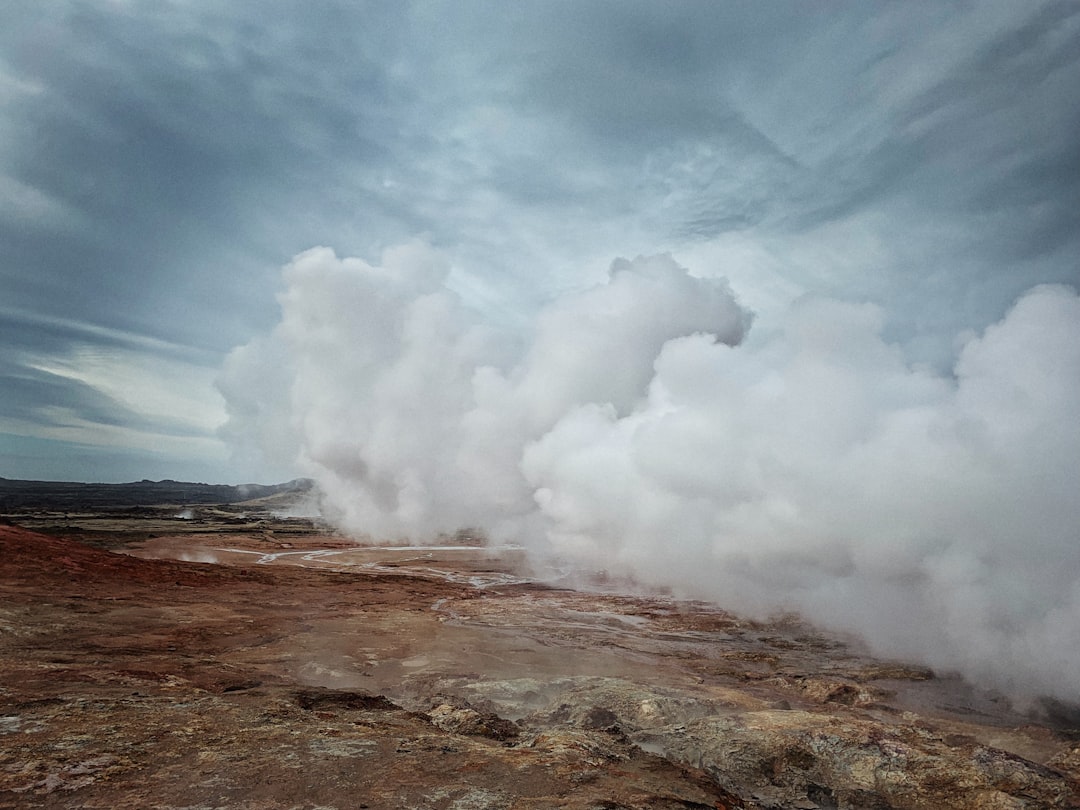What is it about?
Adsorption of amino acids on copper surfaces is a prototypical system for studying chiral self assembly in two dimensions. In this study we used first principles computational methods based on density functional theory to explore the effect of explicit water solvation on the mixing and phase separation of glycine and water on Cu{110}.
Featured Image
Why is it important?
The extent of the intermixing between glycine and water is strongly dependent on the surface temperature and on the gas pressure applied on the system. The computational results are also greatly influenced by inclusion of dispersion force interactions. The method applied in this work can be useful in predicting corrosion protection properties of surface coating systems based on small molecule self assembled overlayers.
Read the Original
This page is a summary of: Co-adsorption of water and glycine on Cu{110}, Physical Chemistry Chemical Physics, January 2014, Royal Society of Chemistry,
DOI: 10.1039/c3cp55094j.
You can read the full text:
Resources
Chiral Surface Systems: Synthesis of Structure and Symmetry
The Surface Science Research Group in Cambridge
A Step toward the Wet Surface Chemistry of Glycine and Alanine on Cu{110}: Destabilization and Decomposition in the Presence of Near-Ambient Water Vapor
Shavorskiy, A., F. Aksoy, et al. (2011). "A Step toward the Wet Surface Chemistry of Glycine and Alanine on Cu{110}: Destabilization and Decomposition in the Presence of Near-Ambient Water Vapor." Journal of the American Chemical Society 133(17): 6659
Contributors
The following have contributed to this page










